Near, Singapore’s home grown smart light brand, offers a track light system which they call the Near Magnetic System. If you’re looking for a track light system, there are typically two mainly types of installation – (1) exposed, and (2) recessed. ‘Exposed’ means you can see the track, which are quite common in retail shops. Recessed means the track is recessed into the ceiling, which also means you need to have a false ceiling for the installation. The Near Magnetic System belongs to the latter, which means you need to have a false ceiling.
Installation and design
The Near Magnetic System is essentially a track light system, where the lights attach via a magnetic connection. Having said that, installing of light on the track doesn’t exactly feel like a magnetic suction. Instead, there is some force need to insert the light module and remove it. Do make sure you read the guide below when installing or removing the light module to prevent damaging the light.
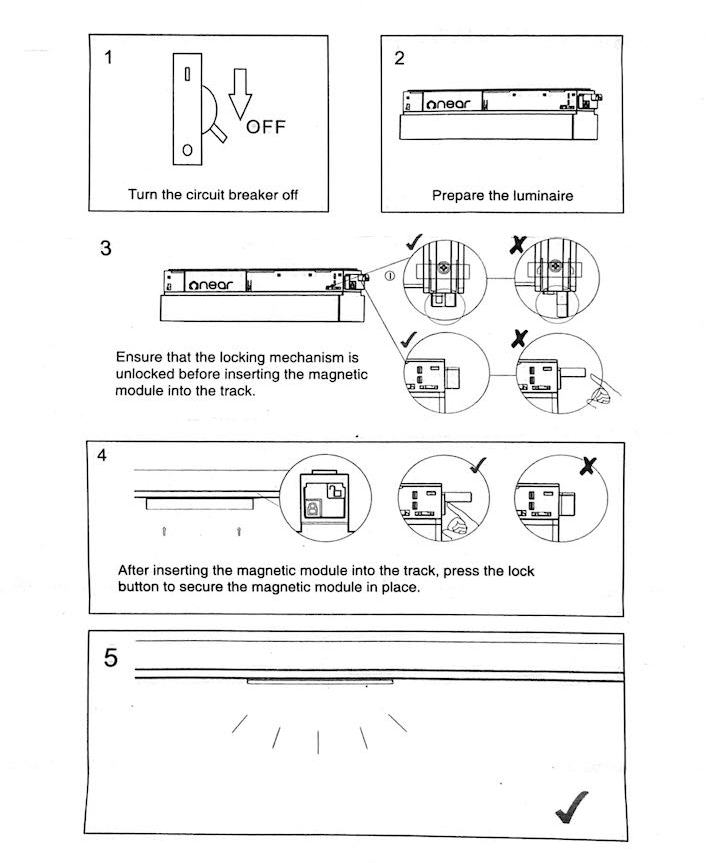
The track of the Near Magnetic System allows for quick and easy adjustments with the various lighting products/module that you can attach on the track, giving you the flexibility to switch things up in the future. Near sells up to six different modules that you can choose to install on the track. We’ll check out two of them below.
Track lights are usually installed on the ceiling, but the Near Magnetic System allows you to install the track even along downward walls as they offer vertical track joints. If you want your track to continue from your living to your walkway, the horizontal track joint allows you to create a ‘L’ shape as well.
The recessed magnetic tracks comes in two lengths – 1m and 2m. The tracks are rather slim at just 7.5cm wide, giving a neat and seamless look. The individual tracks are connected by a connector, which does not allow you to install any light module at that area. Hence, do plan the types of lighting modules that you are planning to install on the track as it will affect the length of track that you should go for.
Driver
Apart from the track and light modules, you’d also need to purchase a transformer to power the entire system. The transformer comes in three power ratings based on the total wattage you intend to pull from your setup. As the transformer isn’t able to be hidden in the track, you may have to find a way to hide the transformer in a carpentry or create an access point in the false ceiling to standby for replacement in the future. It would be nice if the transformer was designed in a way such that it can be hidden in the track.
(1) Linear Flood Magnetic Module
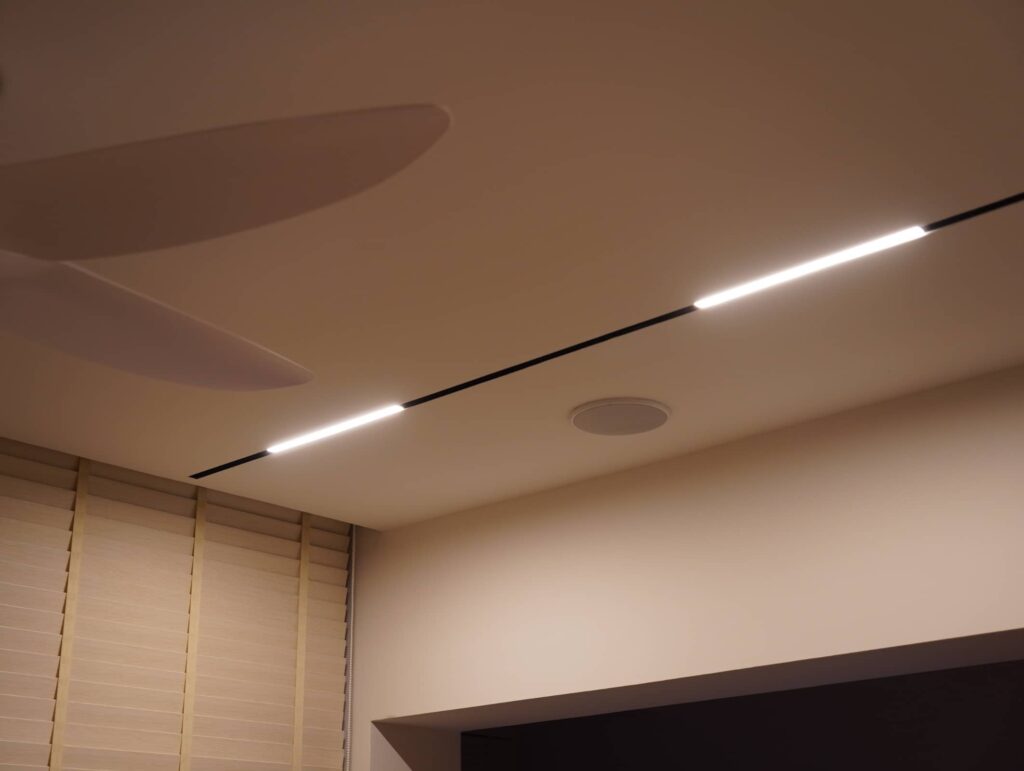
Choose the Linear Flood module if you want the widest light throw, as its beam angle is 110º. The Linear Flood module comes in three wattage options – 9W, 18W, 27W. The larger the wattage, the brighter it is. You might also choose the variant based on the length of the flood light, as summarized below:


The Linear Flood module are tunable white, allowing you to achieve Warm white to Daylight (2700K – 5700K).
(2) Linear Grille Magnetic Module (Adjustable)
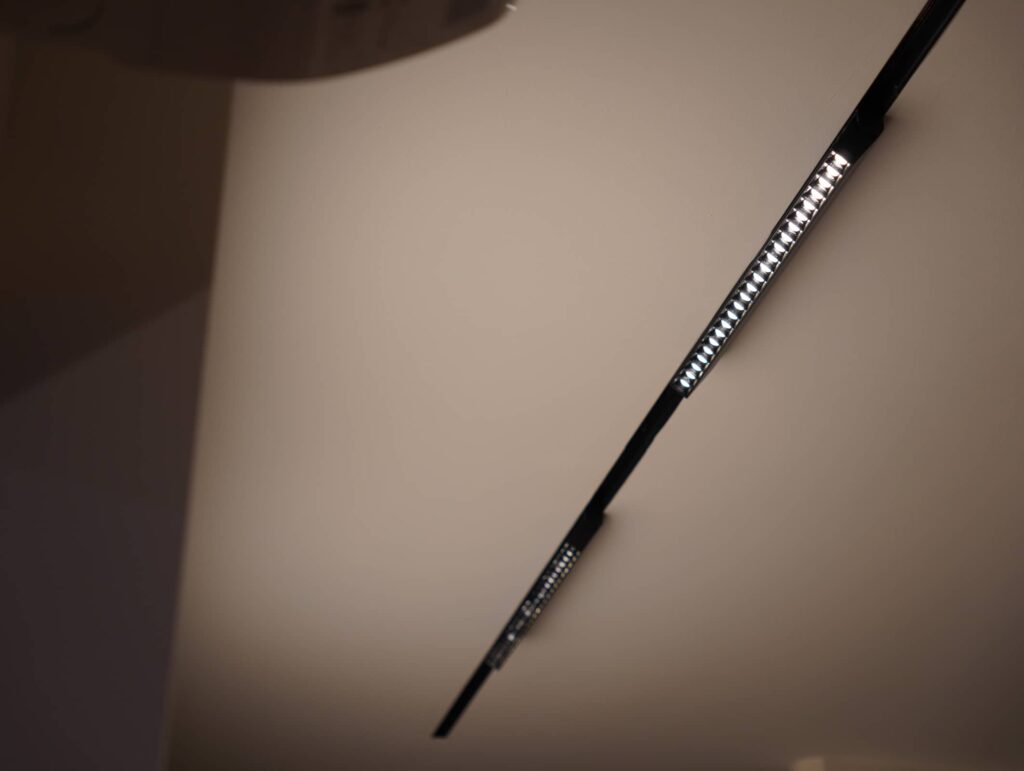
Choose the Linear Grille Magnetic Module (Adjustable) if you want a more concentrated light throw given its beam angle of 36º. It has two wattage options – 9W and 18W. The larger the wattage, the brighter it is:
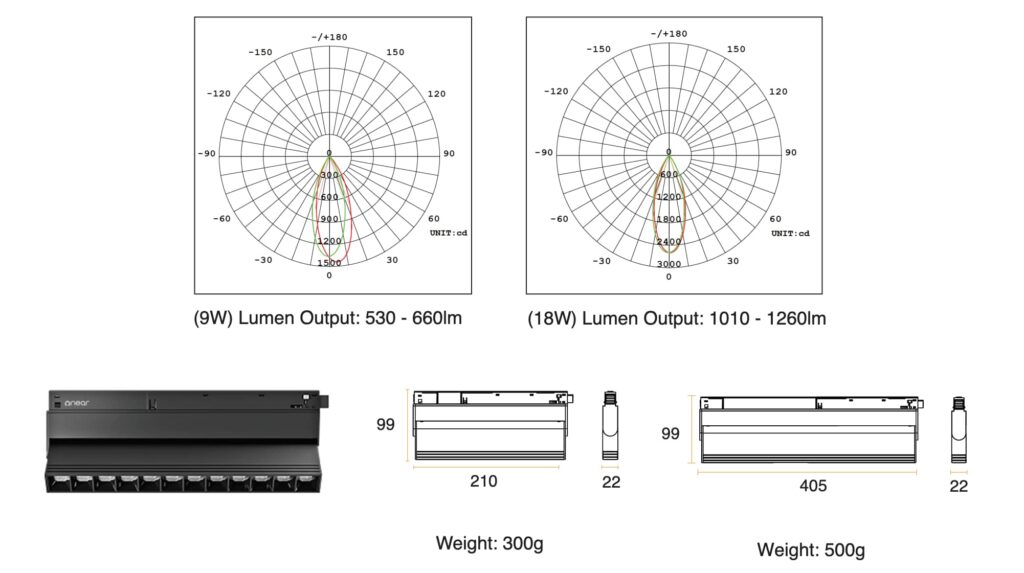
There are two variants of the grille light. The one I have is the adjustable variant which doesn’t sit flush with the track but allows you to rotate the light to adjust the angle at which the light is being thrown.
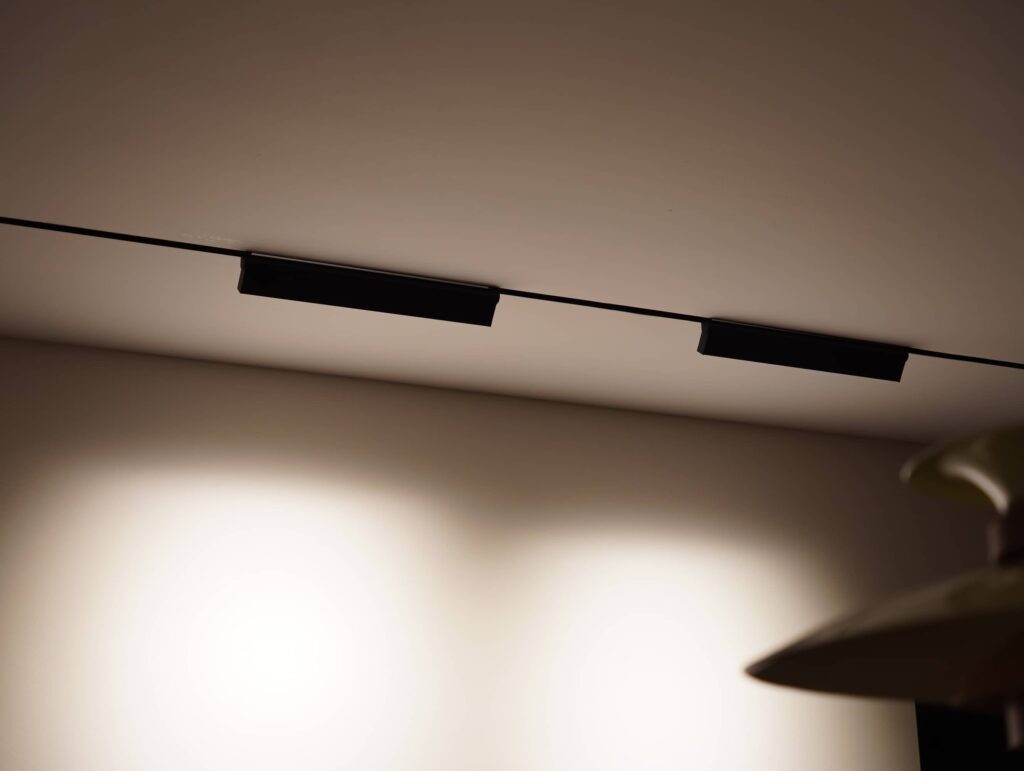
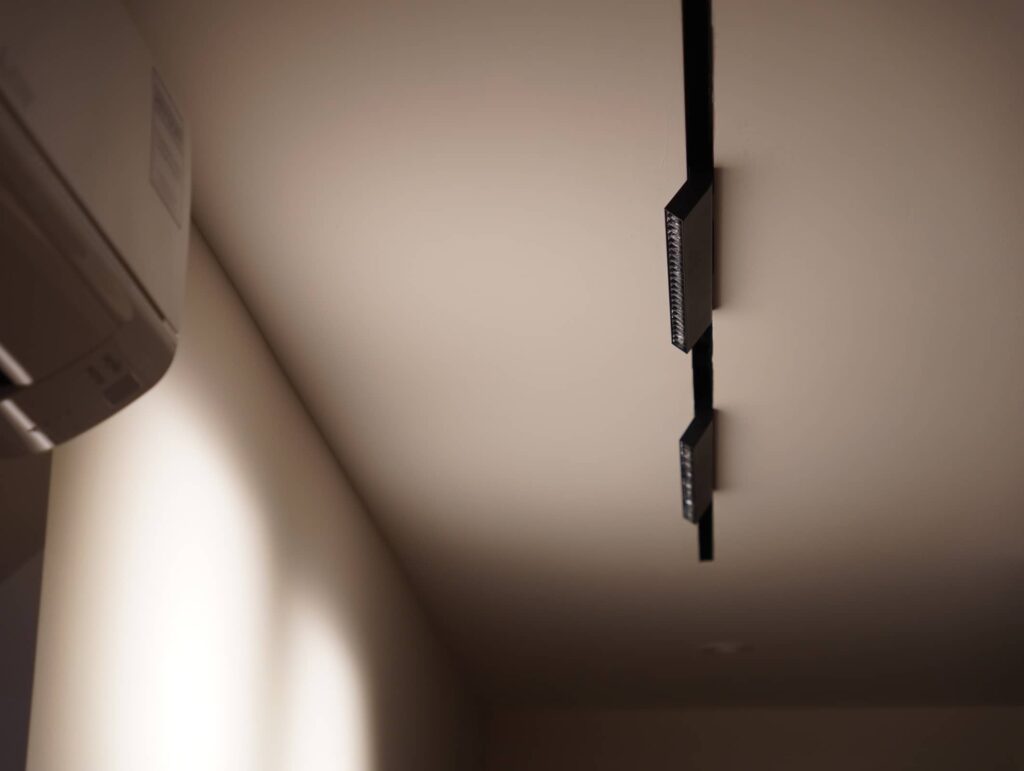
The ability to adjust the angle is useful if you intend to throw the light against a wall or painting. The Linear Grille Magnetic Module (Adjustable) are tunable white, allowing you to achieve Warm white to Daylight (2700K – 5700K).
Smart Home setup – Near App Control & HomeKit
The light modules of the Near Magnetic System uses Zigbee protocol instead of Wi-Fi which Near uses in the past. This means that you’d need to buy a hub separately, but Zigbee offers better coverage and uses less energy – more reliable overall if you are going to make your entire home smart. Near Magnetic System works with HomeKit (which I will mainly test), as well as Google Assistant and Alexa. For those looking to setup a HomeKit smart home, it’s nice that Near sells a Zigbee HomeKit hub.
You need to setup the Near Zigbee HomeKit hub on the Near app first before exposing it to HomeKit. I recommend you expose the hub to HomeKit before you start adding the light modules to the hub as I initially faced issues to adding the hub to HomeKit. While the lights modules work great and seamlessly with the Near app, the experience with HomeKit isn’t the most smooth sailing. The light modules can sometimes not have their status synced to HomeKit when I cut power to the lights. If you are not planning to cut power to your lights then this shouldn’t be an issue.
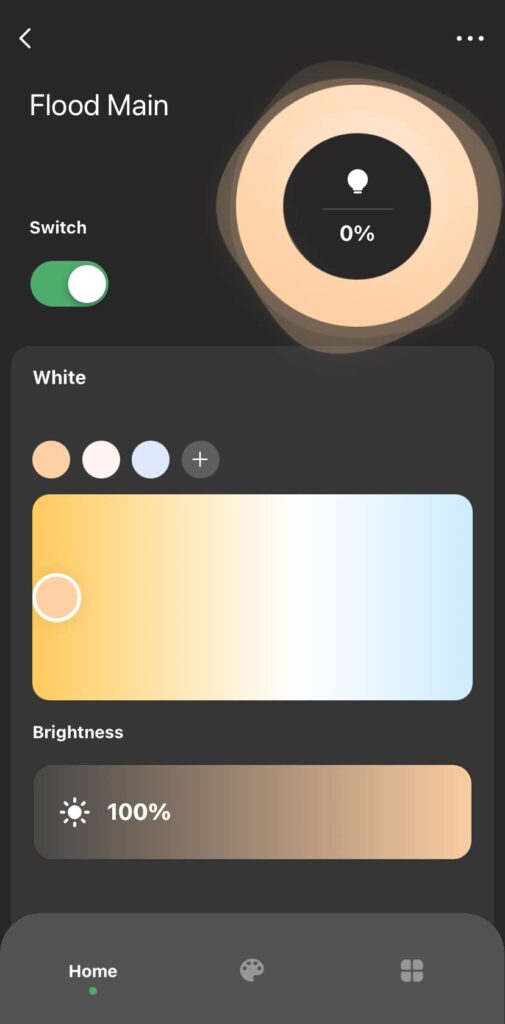
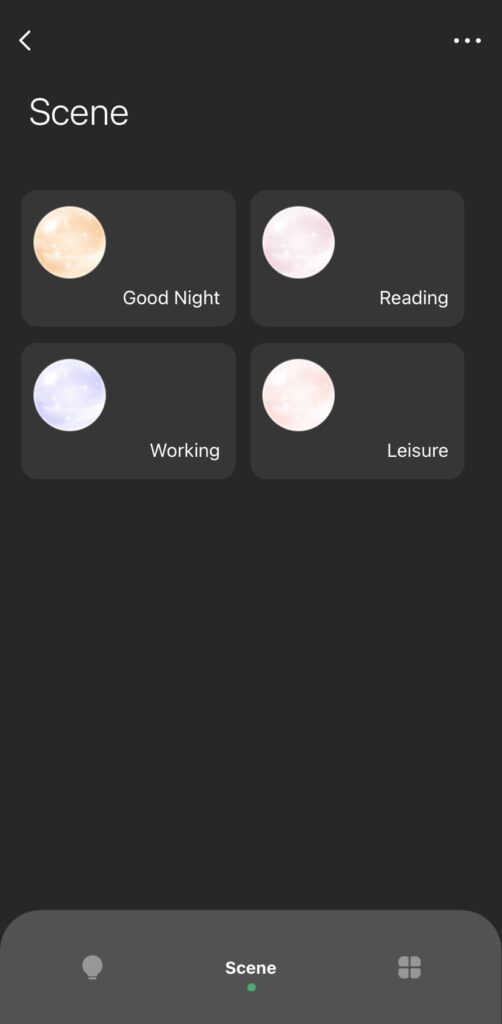
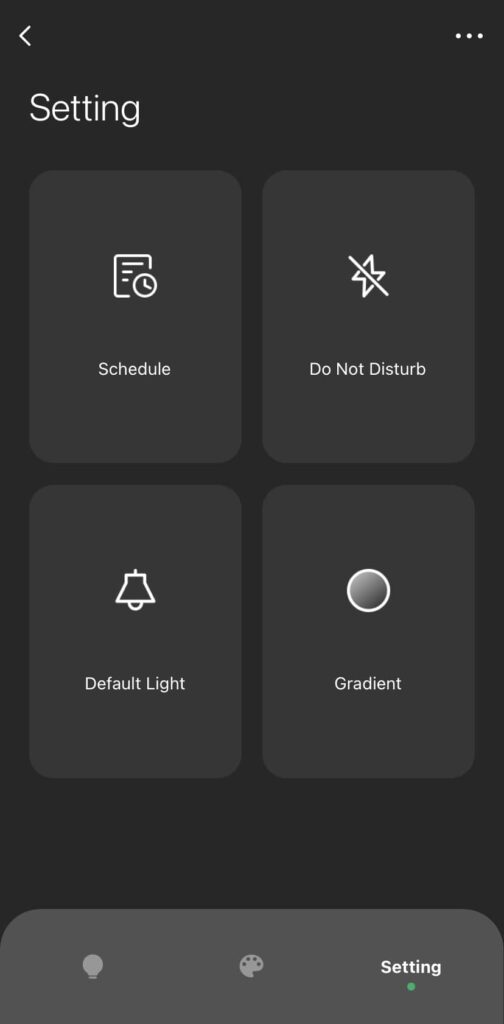
Once the light modules are added to the Near Zigbee HomeKit hub, they appear in the Near app with quite controls to turn it on/off. Going into the light page, you can find quick information on the light’s brightness and temperature. There are two more tabs where you can access scenes and settings.
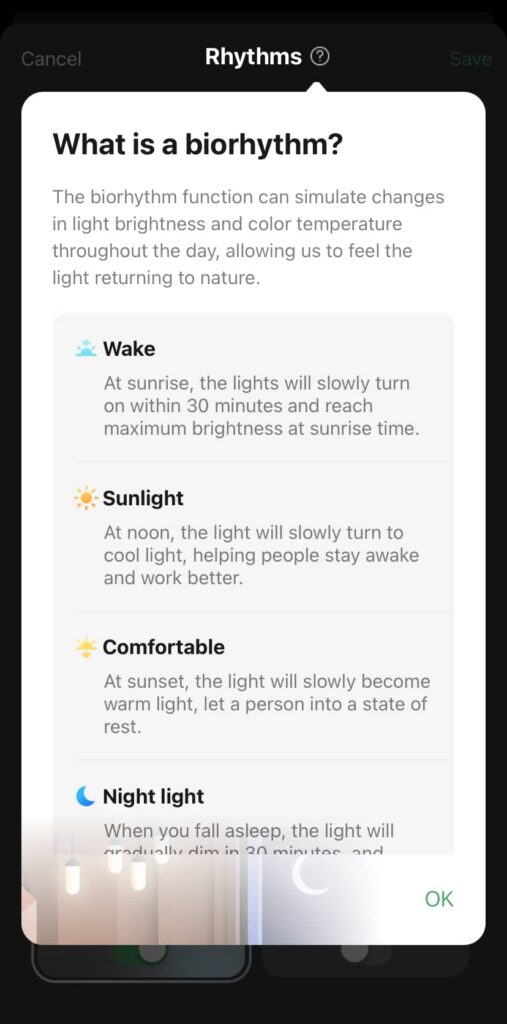
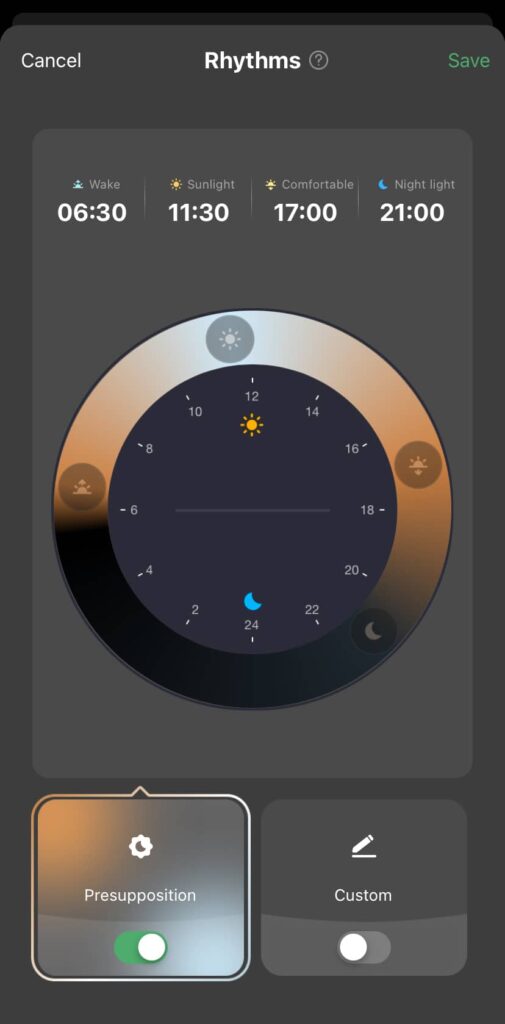
One of cool feature the the Near Magnetic System is circadian lighting which can be accessed via the ‘Schedule’ setting. Enable the “Presupposition” preset will enable a lighting setup that matches our natural biorhythm. If you don’t like the preset times, you can make your own custom lighting schedule system. There are other useful settings such as allowing to light to turn on/off slowly to create a gentle glow to avoid a big change in brightness, as well as setting a memory feature for the light whenever it restores from power (useful for those pairing it with a non-smart wall switch).
Conclusion
The Near Magnetic System is a promising track light system which offers good smart home integration and has useful smart features with Tuya (Near app). But it could use more reliability with Apple HomeKit. The different options of light modules are good for creating a particular mood. I use the 18W Linear Flood module and I found it effective at lighting up my living room without creating a harsh “top down light” feel. Installing and removing the light modules is not as straightforward as snapping on as a magnet, but given I don’t exactly move the modules around often it doesn’t drag down my positive thoughts of the Near Magnetic System.

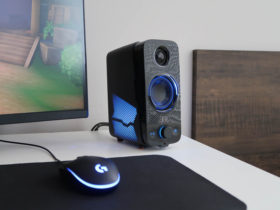
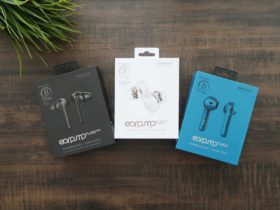
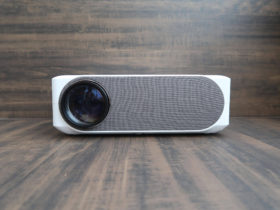
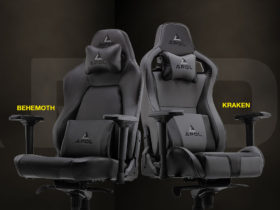




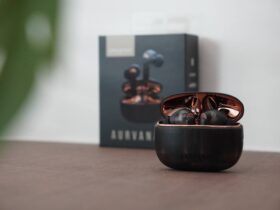

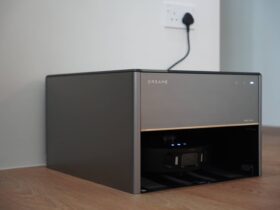
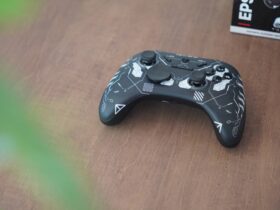
Leave a Reply